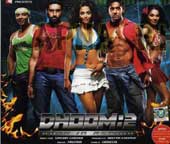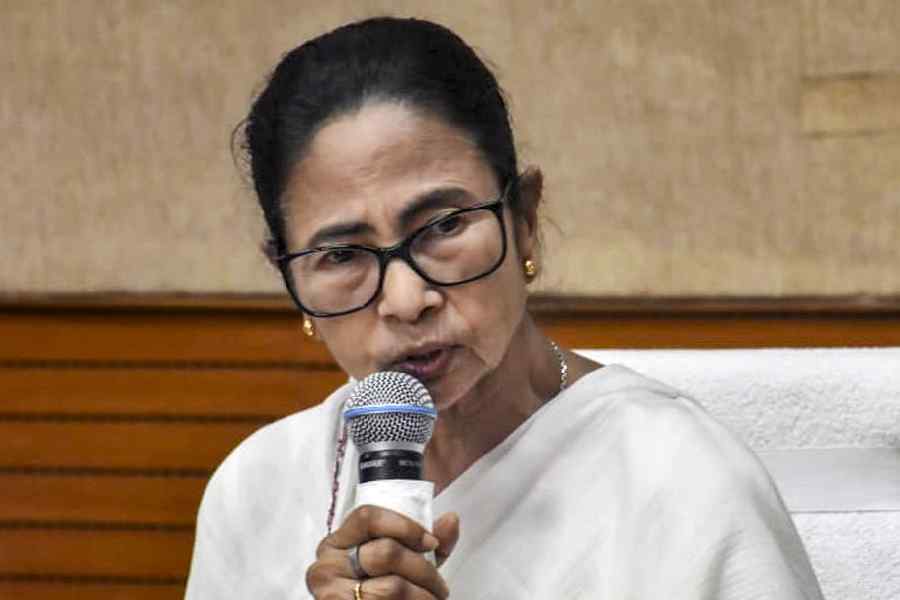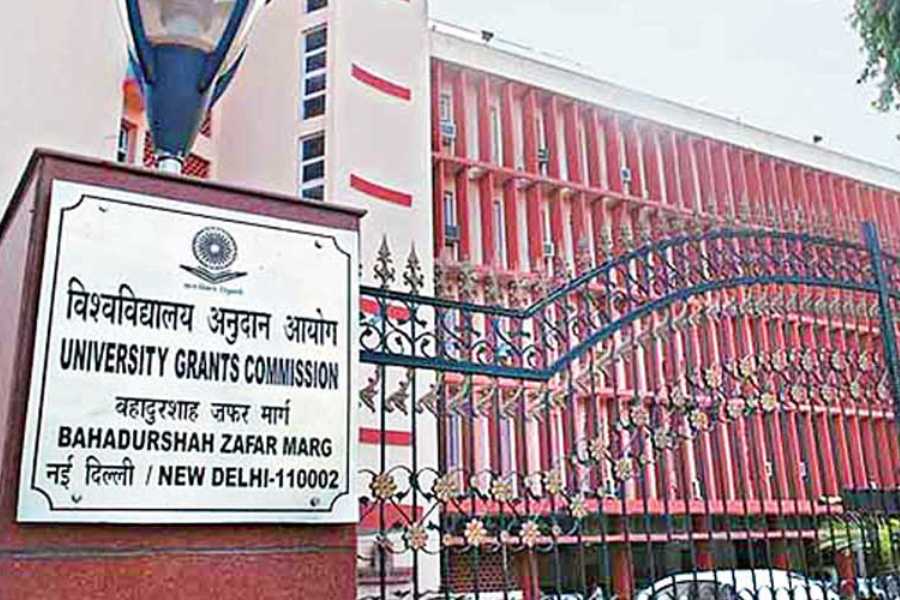 |
 |
 |
| THE BIG PICTURE: Yash Raj Films, which has produced movies like Dhoom 2, Fanaa and Kabul Express, is the most successful studio model production house |
Time was when the producer of a Hindi film was the one who got together the right cast and crew. It was he who approached film distributors to work out distribution deals, allocated money for the promotion of the film and catered to the whims and fancies of his filmi crew. It was virtually a one-man show that was concentrated on one particular film at any given time. But no longer. Today, the producer of a Hindi film is really a motion picture conglomerate that is involved in every aspect of filmmaking — from the writing of a script to the film’s production and distribution. Furthermore, it works on multiple projects simultaneously.
Says Siddharth Roy Kapur, senior vice president, marketing & communications, UTV: “In UTV, at any given point of time, there are film scripts being developed, pre-production details being finalised, films being shot and distribution and marketing strategies being chalked out.” The company has a mammoth distribution network that reaches 13,500 screens in India and 47,300 screens overseas. This, together with a well-equipped postproduction and dubbing facility and an in-house marketing and pre-production team, makes UTV one of the prominent members of the new breed of movie production houses.
The Manmohan Shetty owned Adlabs Films is yet another production house that is thinking big. Adlabs, which has a majority presence in film processing and film exhibition, is now expanding and diversifying into production and distribution as well. As Pooja Shetty, director, Adlabs, states: “We are working towards becoming a studio model. We want to be present in every way, from content creation to distribution and exhibition.”
Wikipedia defines a movie studio as a controlled environment for the making of a film. In general terms, a movie studio is synonymous with the major Hollywood film production companies such as 20th Century Fox, MGM, Paramount, Warner Bros, etc. The management practices, processes and systems established by these studios came to be called the studio system.
Says film maker Rohan Sippy, “Today, film production has been made easier by the availability of finance and that also makes it easier to produce several projects simultaneously. Production houses incur a number of overheads, and unless one is constantly using all the resources, it is difficult to run a studio.”
There is another reason why producers are announcing the making of a clutch of movies at one go. The listed film companies are accountable to their shareholders. So you have companies such as Pritish Nandy Communications, Adlabs and the Subhash Ghai promoted Mukta Arts, as well as mid-level players such as BAG Films and Ashtavinayak Films announcing a string of projects simultaneously.
However, though others are aspiring to follow the big studio model, so far, the only production house that can be called a fully fledged studio is Yash Raj Films (YRF).
Until 2000, YRF produced one film a year or even in two years. Since 2002, however, it has produced at least three films every year. Aditya Chopra, vice chairman and prime mover of Yash Raj Films, has signed directors such as Shaad Ali, Kunal Kohli, Sanjay Gadhvi on three-film contracts. He has set up divisions for music, distribution and home entertainment. YRF has also gone on to build one of the most modern post-production facilities in the country.
And it has been making a lot of money too. The last 10 YRF productions, including Veer-Zaara, Dhoom, Hum Tum, Bunty aur Babli and Fanaa have grossed in excess of $100 million. Again, the six highest selling music albums of all times include four recent YRF productions. Moreover, out of the 10 highest grossing Hindi films ever, seven have been distributed by YRF Distribution, including Kabhi Khushi Kabhi Gham, Black, Kal Ho Na Ho and Koi Mil Gaya. In fact, such has been YRF’s success that a 2004 Hollywood Reporter survey on the ‘Biggest Film Distribution Houses’ pegged the production house at No. 27 in the world.
Of course, in an industry that produces more than 300 films a year and is estimated to be worth over Rs 4,500 crore, a solitary example of a studio model production house may not look too impressive. But as in the case of UTV and Adlabs, other houses too are trying to follow YRF’s example. Says Sippy, “It is not enough to have a studio with in-house components. You need a good frontline team to execute your vision.” According to film maker Kunal Kohli, who is also an observer of the Hindi film industry, YRF’s success in every department of film making is because of the vision that Aditya Chopra brings to the table and the way he communicates it to his team.
Kohli points out that the studio system did exist in India in the past. “Studios such as RK, Filmalaya and Navketan used to work with actors and directors on the basis of a fixed salary,” he says. But the 70s marked the entry of individual producers such as Tahir Hussain and Gulshan Rai who soon began to call the shots in the industry. Somewhere along the line, the production houses faded away. The resurgence took place only after Aditya Chopra took over the reins in YRF and transformed it into the giant that it is now.
Today, other Bollywood production houses are trying to emulate the processes being followed in YRF. Mahesh Ramanathan, chief operating officer of Percept Picture Company, which has co-produced films such as Page 3, Hanuman, Corporate and Malamaal Weekly and is planning 14 releases next year, says, “Every script is evaluated by an in-house team comprising myself, and the marketing and production heads. There are script doctors who can fine tune scripts to make them more audience friendly.” Kapur of UTV adds that once the script is finalised, the casting and pre-production details are worked out. In general, most people work on contracts and there is a lot of transparency in the system.
However, while a majority of film makers welcome the move towards the setting up of big studios, some are concerned that their creativity may be compromised if production houses get to control their every move. Kohli says, “When a film company calls a film a perishable commodity, it is an ominous sign. Once you have made a film, it is there forever whether you like it or not. No scientific research would have shown that films such as Rang de Basanti, Lage Raho Munnabhai and Lagaan would be hits. But they were.” Unless production houses are run by people who are associated with films in some way, it won’t be easy for them to become another YRF, says Kohli.










